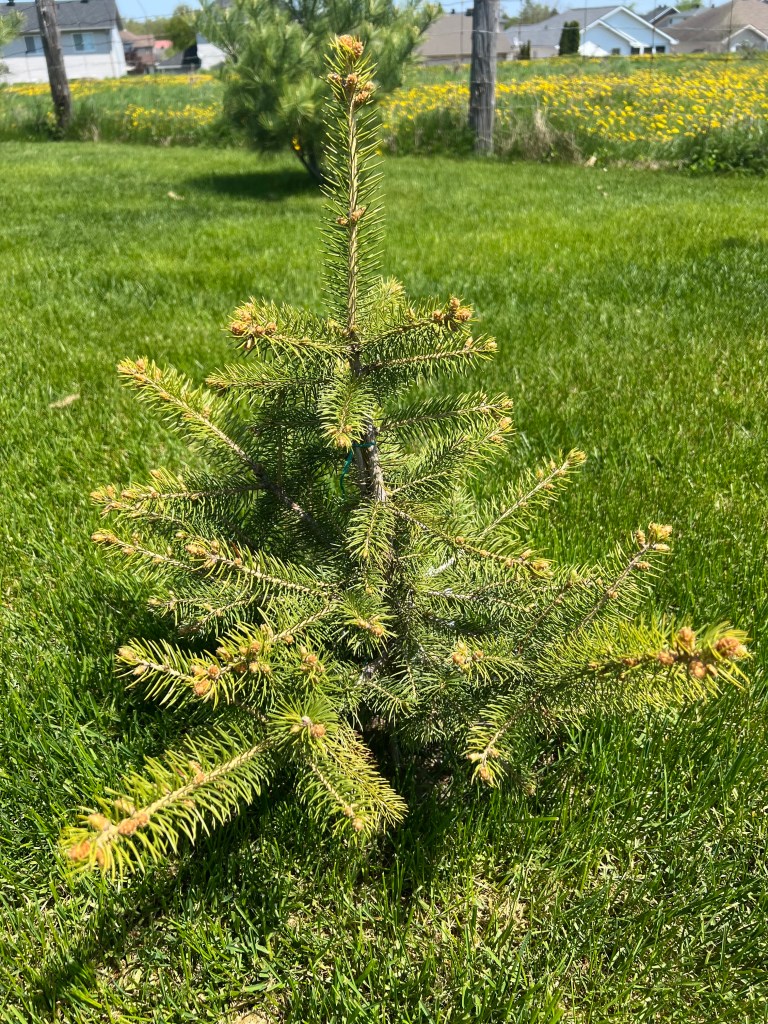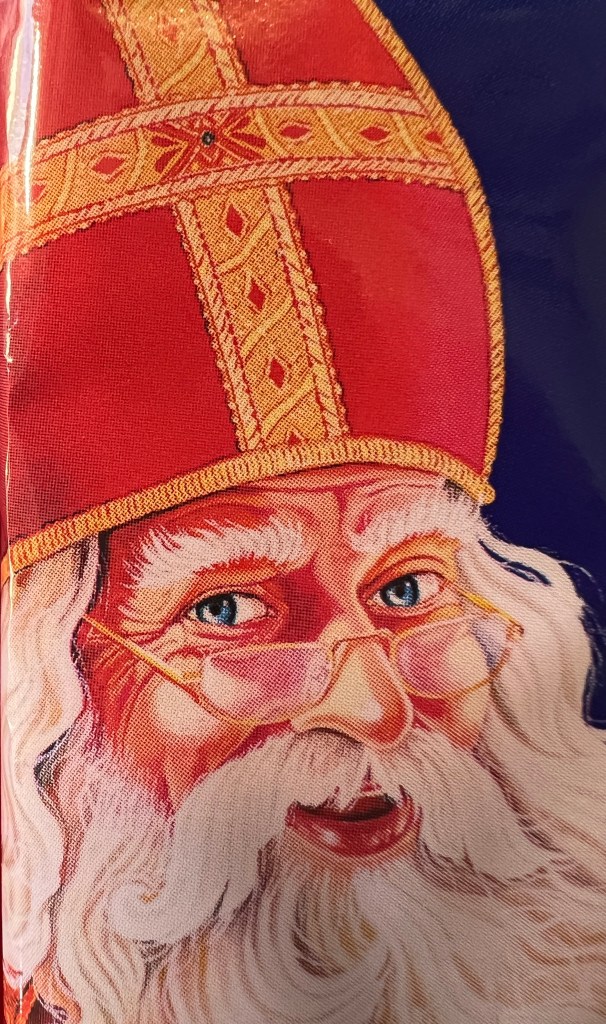
Years ago, my daughter received a package of ten seeds — ten spruce tree seeds.
So, we found a large pot, filled it with good soil and planted the seeds evenly apart in the pot. We followed the instructions on how to care for growing these seeds. We watered the earth. We left the pot in the sun.
But later that year, we noticed only three seedlings coming out of the earth. Only three of the ten seeds sprouted and began to grow.
The following year, I transplanted the three saplings into separate pots so each would have its own space to grow. But, alas, over several days we left them in direct sunlight outside for too long! Two of the three saplings turned brown and died.
Only one of the ten seeds that we had originally planted, made it. Today, it is about three feet tall and growing well in our backyard (photo above). It has a good chance of maturing even though I still give it extra water from time to time.
Today is Mother’s Day. Specifically, though we give thanks for our mothers we also express thanks for all the caregivers in our lives who love us and nurture our growth. Growing flower or tree seeds can remind us that nurturing love takes a lot of work!
Nurturing love is NOT planting a seed and just leaving it alone. Nurturing love, which is God’s love, means hard work and trusting that the seed of faith within in us all will grow.
My daughter and I, admittedly, were a bit lazy at times growing and caring for those ten seeds. Sometimes we didn’t do it the right way. We made some mistakes along the way.
But I am grateful that every time I can look at that one spruce tree that did make it I am reminded of both the hard work it takes to grow seeds to life, and the gift of life and love that God gives.
Here are some packages of flower seeds. You can give them to your moms or other caregivers. Help them plant the seeds this Spring. Take care of them. And watch them grow!
Let us pray: Dear God, thank you for the gifts of love and life. Help the seeds of love and life grow in me. Help us all learn to trust in those gifts to do their job in time. Amen.


